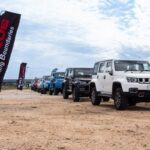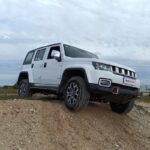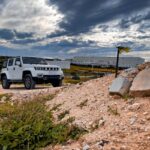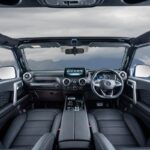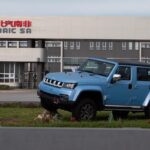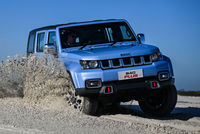
BAIC South Africa recently invited us to drive its upgraded B40 Plus off-roader in Gqeberha. BAIC says that it is ready to ramp up production of the Beijing X55 model at its Eastern Cape assembly plant, yet questions about the facility remain.
“Transform your world with passion, drive your way as you wish”… So reads the (seemingly unnecessarily wordy) vision statement in the BAIC plant’s foyer in the Coega Industrial Development Zone outside Gqeberha – a name that, incidentally, the BBC suggests is pronounced as “Click bear gha”.
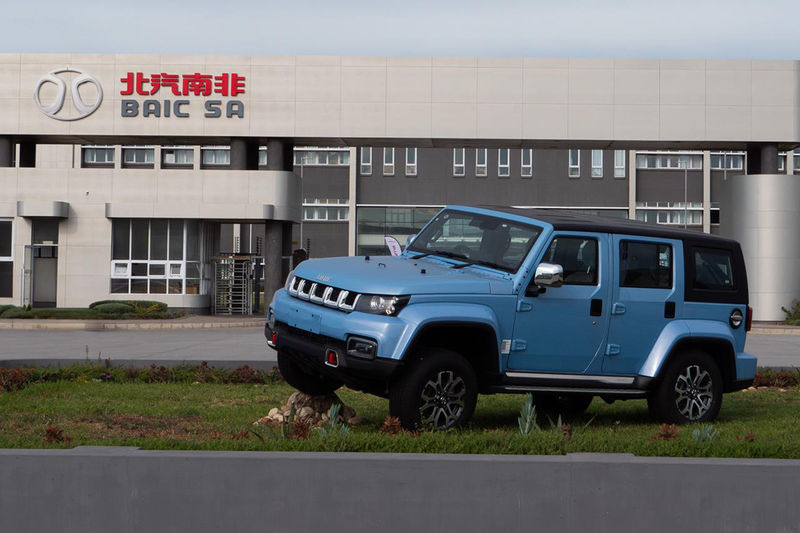
Even if its vision statement could perhaps be shorter/punchier, the South African BAIC effort is indeed quite serious – although much of its plant’s feasibility – at face value – appears a little questionable.
The 70 000 m2 factory (said to have been built at a cost of R11 billion, with a peak production capacity of 50 000 units per year) opened in 2018, after which the X25 compact crossover and D20 hatchback were received from China in semi-knockdown form and assembled at the new plant to be sold locally.
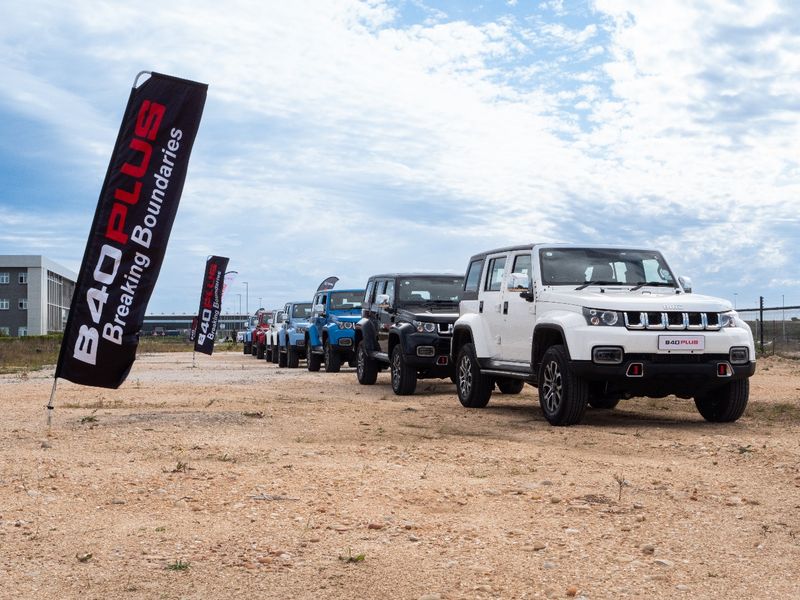
In case you didn’t know, BAIC (Beijing Automotive International Corporation) is China’s 6th-largest car manufacturer and a state-owned Fortune 500 company that holds 65% control over its South African subsidiary, with the remainder a portfolio piece of the local Industrial Development Corporation.
Both the X25 and D20 were discontinued at the beginning of 2023, after which, presumably, production stood still at the now-eerily quiet factory. Curiously, the plant is said to have produced as few as 282 units since 2018, while BAIC sold a total of 2 693 units in South Africa’s new-vehicle market last year.
See also: How well is BAIC selling in SA? The latest sales figures (February 2024)
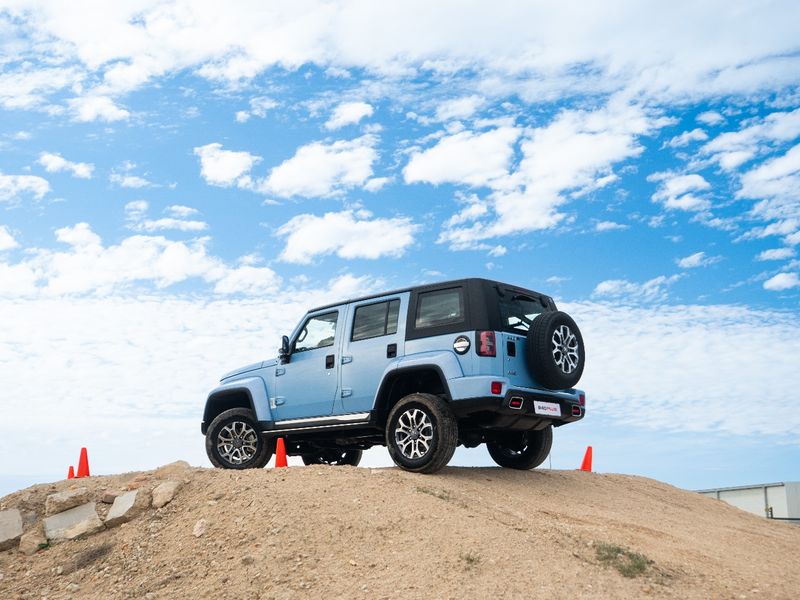
According to an article on BAIC SA’s website, local production of the Beijing X55 “has been fully launched” and a facelifted model will be unveiled at next month’s Festival of Motoring at Kyalami.
Watch Jacob Moshokoa’s video review: BAIC Beijing X55: Best Chinese Car in South Africa?
When the local motoring media toured the plant during the event, I saw little to suggest that vehicles (X55 units, in this case) were being produced. Last week, the Eastern Cape’s HeraldLive reported that “management has pumped the brakes on full-scale production until (local) demand makes it necessary” and that there were “only a few hundred vehicles on the production schedule until February 2024.”
However, we did get a chance to sample the 2024-spec B40 Plus compact body-on-frame off-roader, of which the turbopetrol variants are now equipped with a ZF 8-speed automatic transmission (it previously had 6-speed auto ‘box) and an uprated 2.0-litre 4-cylinder so-called “Turbo Gold Efficient Engine” that develops peak outputs of 165 kW at 5 500 rpm and 380 Nm of torque between 1 800 to 3 600 rpm.
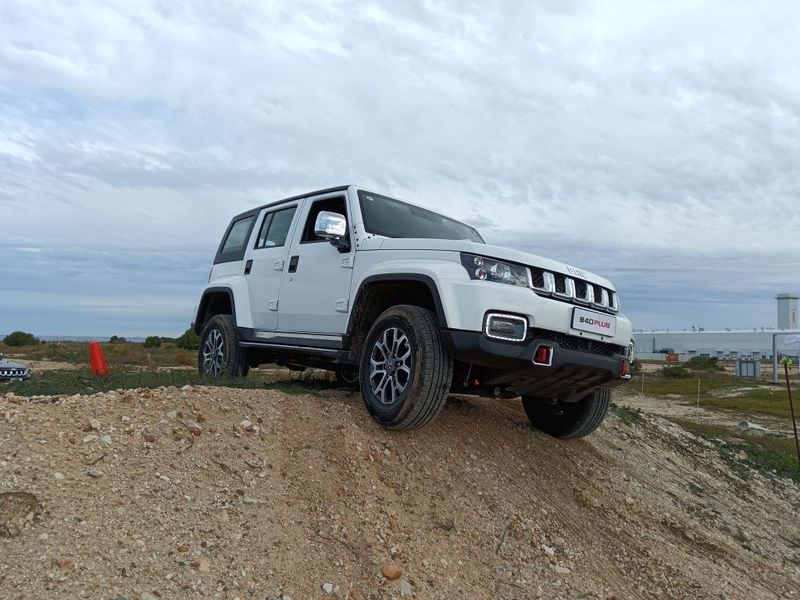
We attended the local launch of the model in 2021 (read our BAIC B40 Plus launch review), but to jog your memory, as opposed to B80, which was once earmarked local introduction and bears more than just a passing resemblance to the Mercedes-Benz G-Class, the 4350 mm-long B40 Plus takes a marginally more eclectic approach to its exterior design; it incorporating cues from Jeep, Hummer and Mahindra.
While locking differentials are absent, the BAIC does feature some other 4×4 essentials such as tyre pressure monitors, a low-range transfer case, a 750 mm wading depth (curiously, BAIC SA’s website states 600 mm and a “road block-crossing height” of 350 mm, whatever the latter may be), a 210 mm ground clearance, approach and departure angles of 37° and 31°, along with a 23° break-over angle.
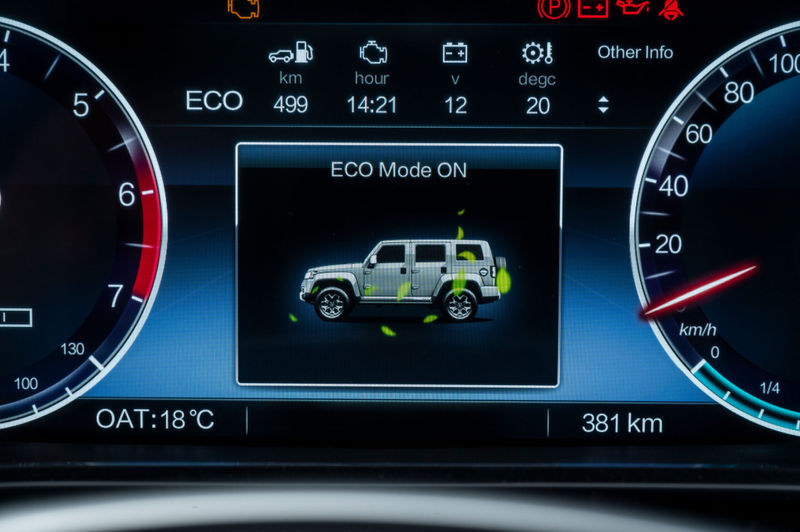
BAIC SA lists the GWM Tank 300 (which retailed from R725k in July 2024) and conceivably – even if a little optimistically – the R1m-plus Jeep Wrangler as the B40 Plus’ nearest rivals.
Inside, the 256-colour configurable mood lighting is a nice touch; and the infotainment touchscreen has been upgraded to 12.3 inches, although there’s still no Android Auto/Apple CarPlay interface – perhaps a legacy of BAIC’s domestic tie-up with Huawei, whose “ecosystem” rivals those of Google and Apple?
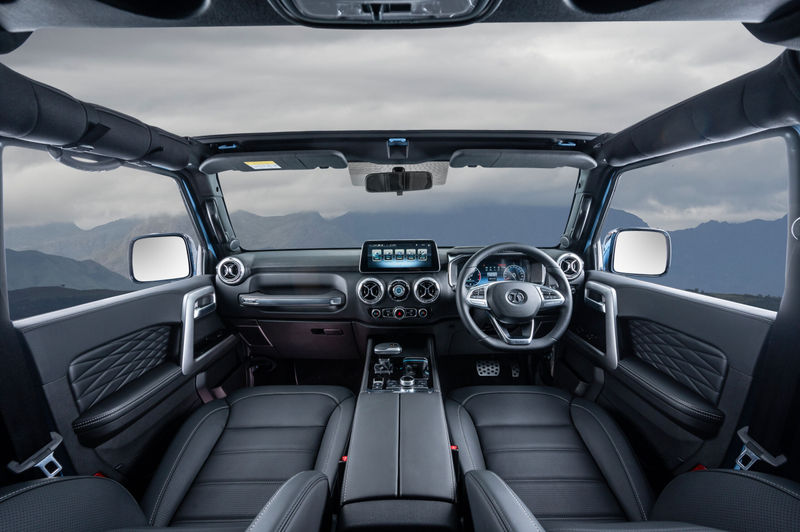
With inadequate time allocated to evaluate the vehicle, it’s hard to deliver a full verdict on the updated BAIC B40 Plus. What we can report is that with low-range engaged from a dashboard-mounted dial centred between the primary air vents, and armed with the combination of a wheel-in-each-corner, generous ground clearance and a healthy spread of torque – the latest BAIC crushes climbs with zeal.
The fitment of a roll cage allows for the roof to be sectionally removed for a topless, Ken-and-Barbie-type travel, though at the cost of some headroom. There are also no USB ports for rear passengers to charge their (hopefully) Huawei phones, and puzzlingly, the “BJ40” badging on the side sill and steering wheel boss has been left untouched…
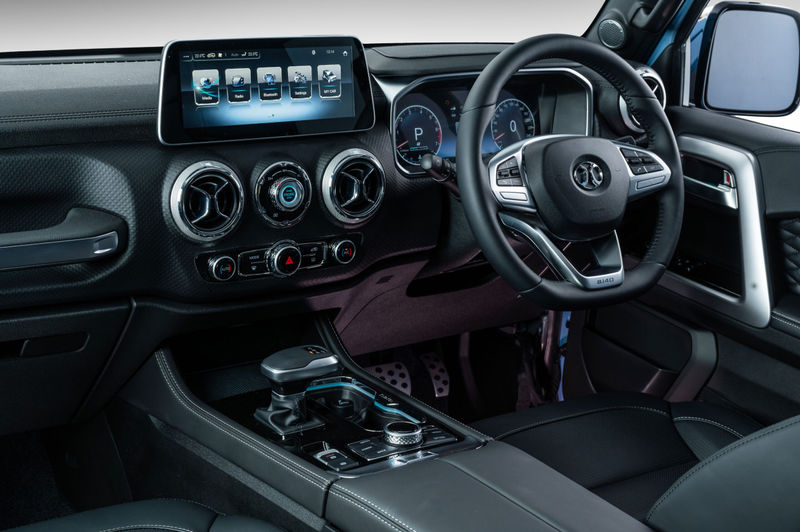
How much does the BIAC B40 Plus cost in South Africa
| BAIC B40 Plus 2.0TDi | R574 500 |
| BAIC B40 Plus 2.0TDi City Hunter | R604 500 |
| BAIC B40 Plus 2.0T | R609 500 |
| BAIC B40 Plus 2.0T City Hunter | R674 500 |
| BAIC B40 Plus 2.0T Champion | R699 500 |
Prices include a 5-year/120 000 km warranty. A 4-year/60 000 km service plan is optional.
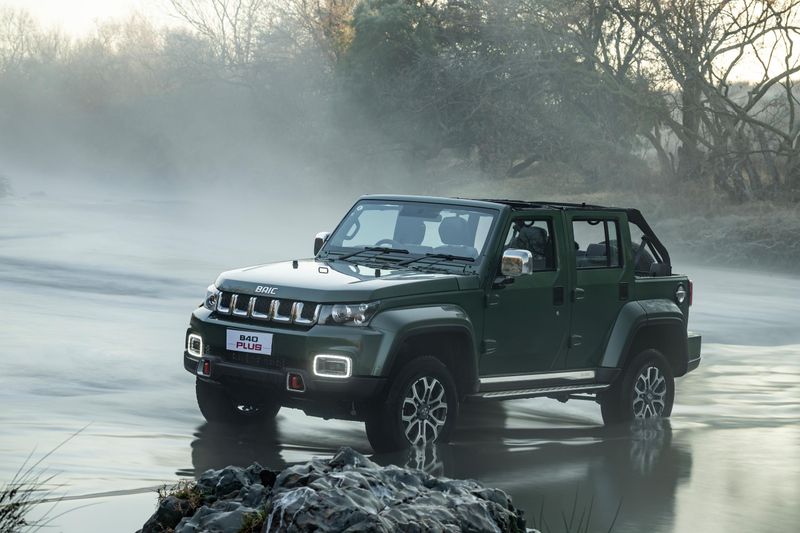
Summary
It’s commendable that BAIC South Africa began reporting individual model sales figures to the industry representative body Naamsa from January, but in the broader scheme of things, there still seems to be a disconnect between the BAIC SA plant’s production capability and the brand’s low local sales volumes.
Leaving aside the benefits of much-needed local investment and export gateway possibilities (including production of new-energy vehicles), with the brand selling an average of 165 vehicles a month during the 1st half of 2024, why aren’t rival Chinese car companies – those that sell hundreds more units per month in South Africa than BAIC – not also building factories here? And without some sort of subsidy to keep it afloat, how sustainable is an assembly plant that has produced so few vehicles since 2018? Time will tell.
As for the BAIC B40 Plus, how likely are buyers to choose it over a Suzuki Jimny 4-door if they are looking to buy a “more affordable” compact off-roader? In the off-roader market, legacy counts for a lot. Suzuki’s rugged Jimny is a well-proven product, but the same cannot be said of the BAIC. As with other fledgling Chinese products that have only hit the market in recent years, again, it’s just too early to tell.
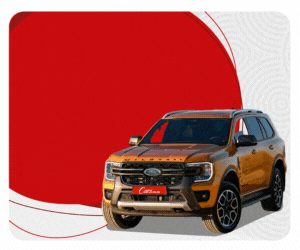
Categories
- Buying Advice
- Car Lunches
- Car News
- Car Review
- Car info
- motortrader.co.ug Consumer Award
- motortrader.co.ug Opinion
- motortrader.co.ug Report
- Classic
- Competition
Vehicle types
- SUV
- Hatcback
- Sedan
- Crossover
- Sports Car
- Coupe
- Bakkie
- Double Cab Bakkie
- Electric
- 4x4
Popular brands
- Volswagen
- Toyota
- BMW
- Mercedes-benz
- Ford
- Audi
- Hyundai
- Renault
- Nissan
- Suzuki

